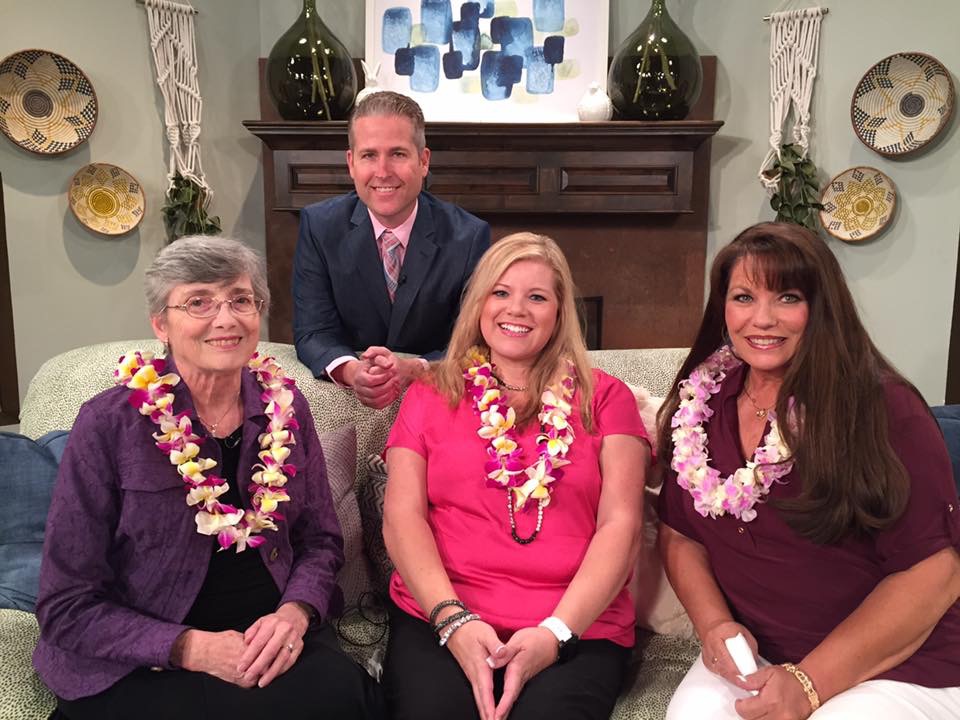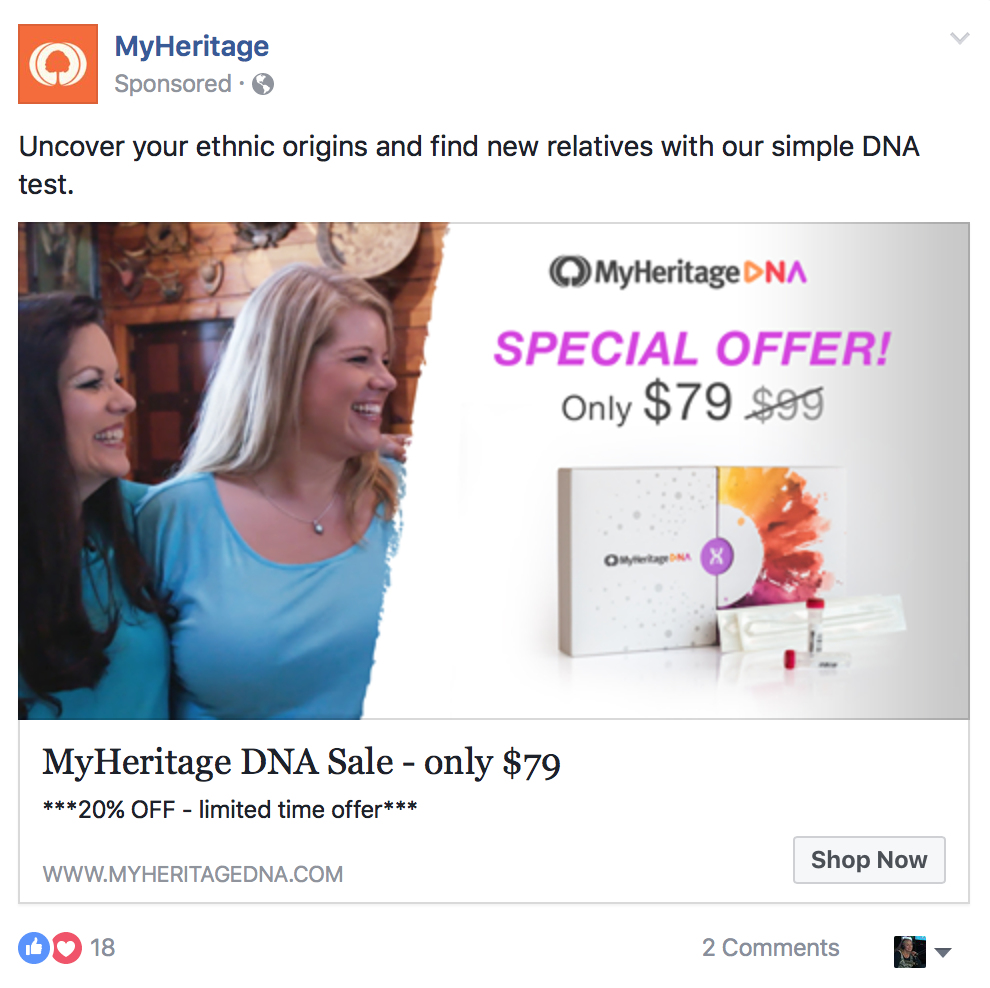



Project: Helping a birth mom find her daughter
Video of reunion of birth mom and daughter
Mckell can be seen and heard at 2:51 in this video by MyHeritage. Mckell’s sister-in-law’s friend Robin had searched for her daughter for 42 years. Robin had tested at Ancestry, but her daughter and daughter’s children had not. Mckell went to Robin’s house, talked her through downloading her Ancestry raw DNA results file, and then uploading it to GEDmatch.com, FamilyTreeDNA and MyHeritage.com, all to get more matches. The MyHeritage upload paid off months later when Robin received an email from MyHeritage telling her that her latest match was a parent-child relationship!
Her daughter Becky had only tested at MyHeritage and was not in any other databases, so if Robin hadn’t gotten into the MyHeritage database, they would not have found each other yet. Becky and Robin were pictured in a half hour family history special that aired on BYUtv in October 2017.
CeCe Moore used their story in her Your Genetic Genealogist blog post about MyHeritage becoming the “fourth pond” that all searchers should be in.
MyHeritage announced at RootsTech 2018 a new project, DNA Quest, where they are donating 15,000 DNA kits to adoptees to aid their searches. US Adoptees can apply for a kit on MyHeritage’s new DNA Quest website. Robin and Becky’s reunion photo is the cover photo of MyHeritage’s blog post of this new project and their reunion video is one of six reunion videos on the DNA Quest home page.
I included screenshots of the MyHeritage ads featuring Robin and Becky, but note that the price is lower now in occasional sales, sometimes $59. MyHeritage is a database where you can upload your results if you tested at another company, at no charge (for now).
Video of Phoenix news story on Robin and Becky’s reunion

Project: Mckell’s brother’s search
Mckell’s brother didn’t know he was missing a piece of himself, the first chapter of his life, until he found it. His wife told him he needed the information, and once he had the facts, he realized that it was important for him to know.

Project: Back to depression days in Texas
Why would a couple give up two babies in a row for adoption, one to be found in the 1940 census in an orphanage? Then after the man married another woman, that couple placed their first child (Mckell’s brother’s birth mom) for adoption, too. The couple had two more children, divorced and split up the two children, one to each parent. We will never know all the answers, but when we look at the place and time and the depths of the depression, we have to consider that times were tough, and it was hard for parents to feed and care for their children. Many children were placed in orphanages or placed for adoption during the 1930s in America.